Bones of the Buddha
4 /10 1 Votes
Director Steven Clarke Language English | Genre History documentary Country United Kingdom | |||||||||||||||||||||||||||||||||
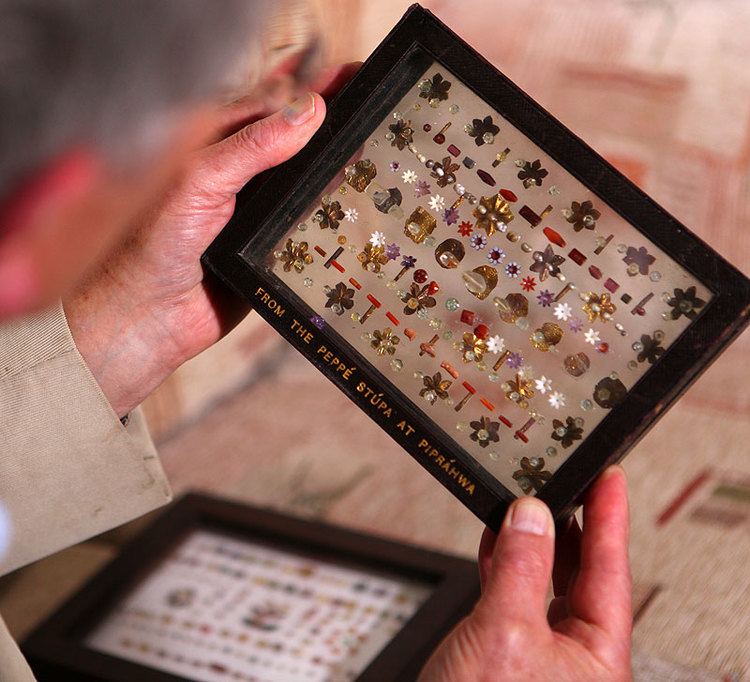 | ||||||||||||||||||||||||||||||||||
Release date 23 July 2013 (2013-07-23) | ||||||||||||||||||||||||||||||||||
National geographic bones of the buddha
Bones of the Buddha is a 2013 television documentary produced by Icon Films and commissioned by WNET/THIRTEEN and ARTE France for the National Geographic Channels. It concerns a controversial Buddhist reliquary from the Piprahwa Stupa in Uttar Pradesh, India. It was released in May, 2013, and was broadcast in July 2013 in the US on PBS as part of the Secrets of the Dead series.
Contents
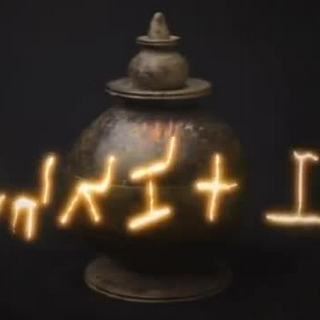
Content
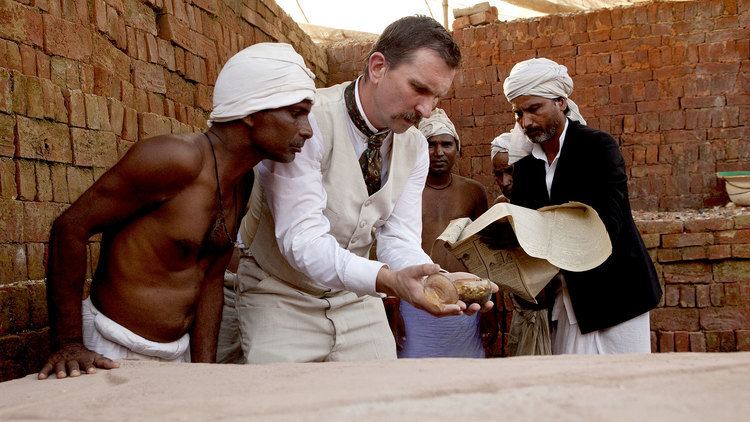
Writer and host Charles Allen investigates the Piprahwa Stupa, a large Buddhist Stupa which is argued to be one of the eight resting places of the Buddha's ashes. In 1898, estate manager and amateur archaeologist W.C. Peppé excavated the stupa, finding a large brick dome with a sarcophagus, or coffer, at the center. Inside were four vessels (three stoneware, one glass) along with about 1600 small jewels and gold pieces — the Piprahwa treasure — all of undetermined age. One of the stoneware vessels — the "Piprahwa reliquary" — contained jewels mixed with human ashes and bone. Peppé made the mistake of consulting Dr Alois Anton Führer — a German archaeologist who soon became notorious for forging other Buddhist relics — and the Piprahwa find, along with Peppé's own reputation, were soon irretrievably tainted with scandal and the "Buddha's bones" discredited in the professional archeological world. In presenting the background to the story, Allen visits the Buddhist sites of Kushinagar and Sanchi, as well as the old Peppé family manor house, now in a state of extreme neglect.
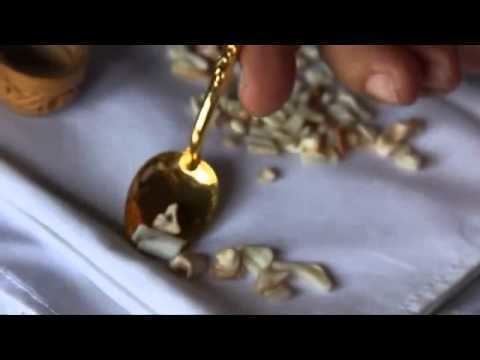
Allen interviews Harry Falk (professor of Indology at the Freie Universität in Berlin and said to be the "world's foremost expert" in ancient Indian languages and history), who states that Führer could not have forged the Piprahwa reliquary inscription. This is, Falk says, because he lacked sufficient knowledge of the language (Prakrit) in which its inscription was written, and, more importantly, he could have never known the Sanskrit word nidhane ("container"), which is written on the reliquary, a hapax legomenon (unique example) in the entire corpus of Brahmi script. That said, however, it should be noted that Führer had taught Sanskrit for three years at St. Xavier's College, Bombay, and was one of the editors of Epigraphia Indica; that he had translated Sanskrit texts, and that nidhane occurs commonly enough in such Sanskrit textual sources.
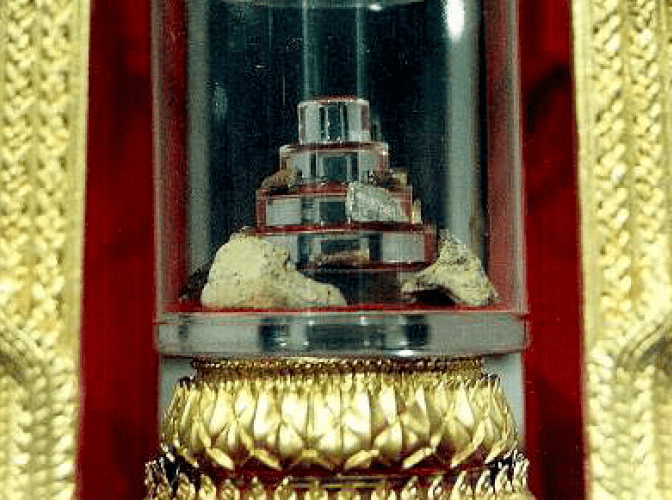
Falk concludes that the reliquary found at Piprahwa in 1898 did contain a portion of the ashes of the Buddha, and that the inscription is authentic. According to him, the inscription translates as "these are the relics of the Buddha, the Lord". The conclusion is that the Piprahwa Stupa was built by the Emperor Ashoka 150 years later in 245 BCE over the original and simpler interment site created by Shakya clansmen for the 1/8th of the Buddha's ashes they had been apportioned. Falk points to the close similarity of materials used at Piprahwa and its grand size with other Ashokan stupas, and that the coffer containing the reliquary found at Piprahwa closely reflects Ashokan workmanship, design, and the type of sandstone used for monuments like the Lumbini pillar erected during his reign. (In 1971, Indian archeologist K.S. Srivastava excavated deeper into the stupa than Peppé had, uncovering two chambers each containing a soapstone casket with redware fragments. This is taken as confirmation of the existence of an earlier, deeper burial site at Piprahwa dating back to the death of the Buddha.)
